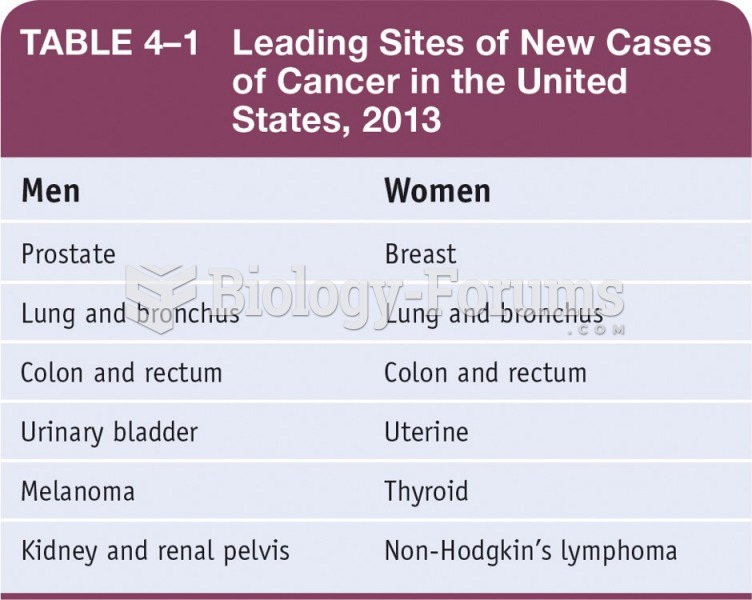Answer to Question 1
Mass suburbanization is a relatively recent development. In the United States, it arose out of a complex set of social factors. One factor was the economic and technological developments that made it possible for people to live far from where they worked. In addition to these economic developments, government policy also contributed to suburbanization. For example, the federal government paid 80 percent of the cost of developing the interstate highway system. Another encouragement to the development of suburbs were policies of the Federal Housing Administration (FHA), established in 1934, and the Veterans Administration (VA). Beginning in the 1930s, the FHA and the VA made available federally guaranteed mortgage loans for the purchase of new homes. Because land outside the cities was both inexpensive and available, this was where much of the construction took place. The FHA and VA did not provide loans to purchase existing homes or build apartmentspolicies that would have encouraged people to continue living in the cities.
Answer to Question 2
Demographic transition refers to the changing patterns of birth and death rates brought about by industrialization. The reasons for this transition are complex. It is most useful to divide the demographic transition into four stages. The preindustrial stage is characterized by high birthrates and high death rates, resulting in a population that grows slowly, if at all.The second stage, transitional, or early industrial stage, is characterized by continuing high birthrates but declining death rates. The third stage is called the industrial stage and is characterized by a continued decline in the death rate and a declining birthrate. The postindustrial stage of the demographic transition, which some demographers prefer to consider a continuation of the industrial stage, is characterized by low birthrates and low death rates, once again a roughly stable population with little growth.








